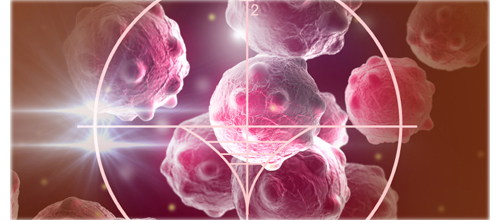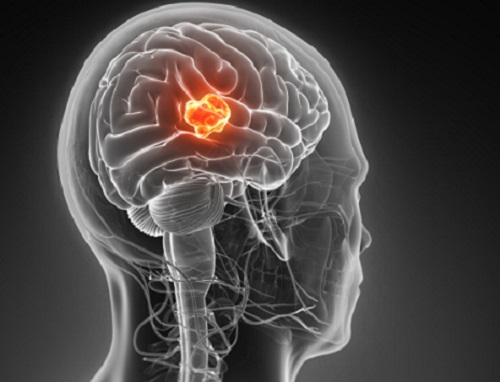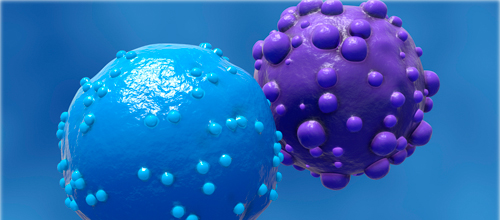July 19, 2017 (Medical News Today)
Following an experimental chimeric antigen receptor (CAR) T-cell immunotherapy, researchers presented that 70 percent of patients with the most common adult leukemia had tumor shrinkage or disappearance.
This study was published in the Journal of Clinical Oncology.
Researchers also found a better way of determining prognosis would be through “measuring genetic traces of cancer cells taken from bone marrow biopsies rather than the standard lymph node scan.”
Chronic lymphocytic leukemia (CLL) is characterized by the production of too many abnormal lymphocytes, a type of white blood cell, by the bone marrow.
This study consisted of 24 patients with CLL whose previous treatments had failed, and despite having been treated with the targeted cancer drug, ibrutinib, most of these patients continued to see cancer progression. The results of this study show researchers that CD19 CAR T-cells are a highly promising treatment for CLL patients who had no success taking ibrutinib.
The ages of these 24 patients ranged from 40 to 73 with 61 being the median. Results illustrated that 17 of the 24 patients, or 71%, found that their tumors had shrunk or disappeared after have receiving CAR T-cell therapy “using the standard measure of lymph node size by CT scans” four weeks post-treatment.
Side effects of the CAR T-cell therapy: 83 percent of patients experienced cytokine release syndrome and 33 percent of patients developed neurotoxicity but overall, side effects were reversible. Unfortunately, two patients had severe enough side effects that one required ICU admittance and one died.
An even deeper look at determining if cancer cells remained in the patients was performed four weeks after CAR T-cell therapy. Twelve patients’ bone marrow samples were analyzed using a genetic test called, IGH deep sequencing, which allows researchers to track cancer cells in the body. Seven of the 12 patients had no evidence of malignant copies, even six and a half months after therapy.
This study suggests that using IGH deep sequencing as a predictor of this cancer treatment outcome is a better method than CT scans.




